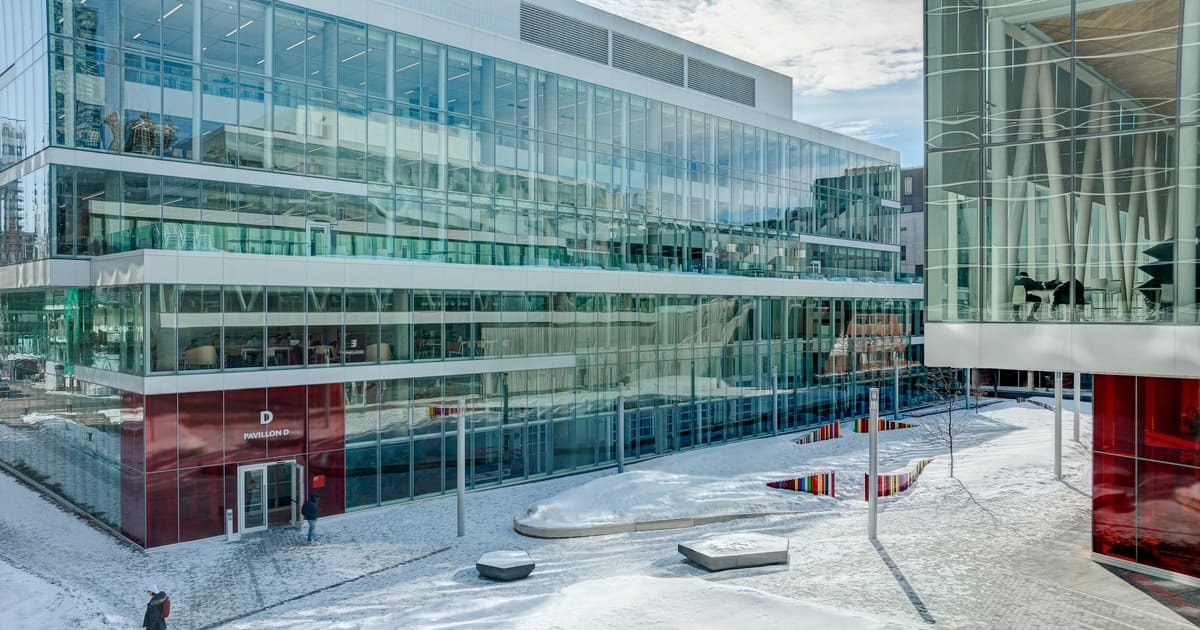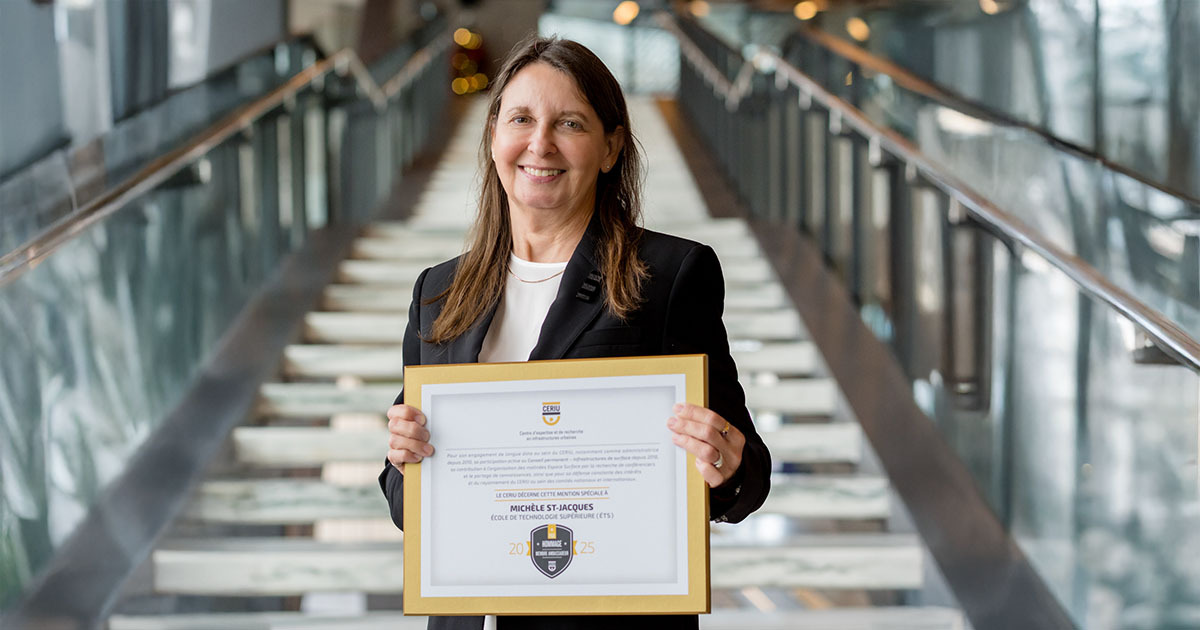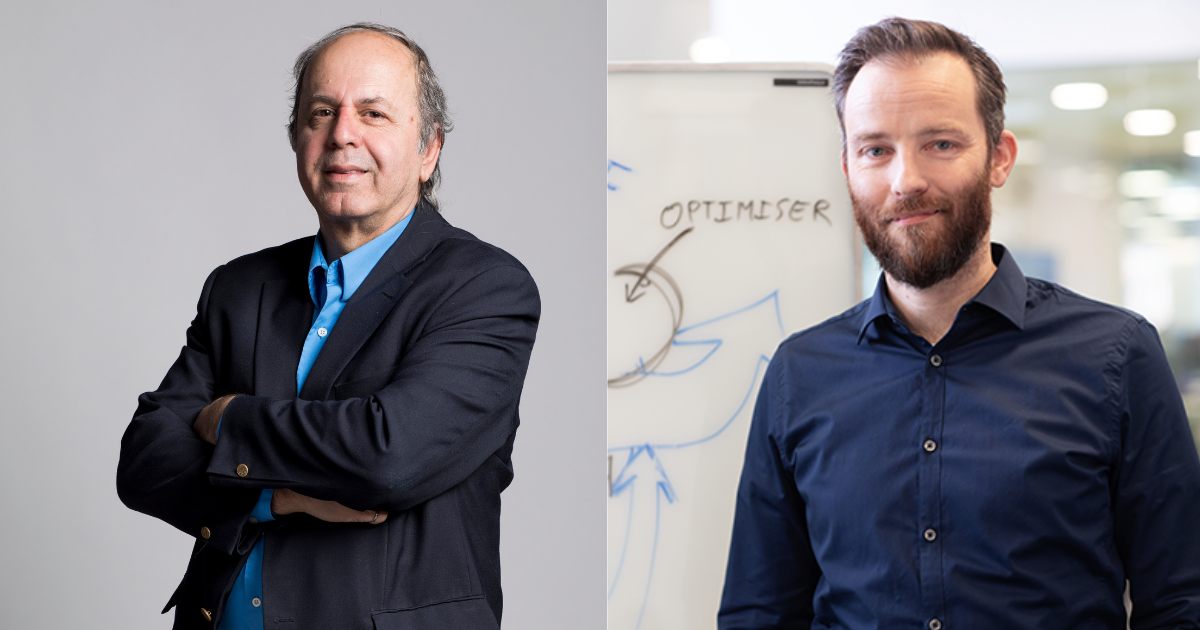Digital Transformation for Circularity in the Built Environment

Purchased on Istockphoto.com. Copyright.
The number of buildings in the world is projected to double by 2060, which is equivalent to building a new city the size of New York every month. In Quebec, the construction industry is responsible for about 40% of the solid waste, 40% of the energy use, 12% of the water depletion and 38% of the GHG emissions. Construction and maintenance of homes and infrastructure add up to 34% of the province’s material footprint. How can ‘going digital’ increase circularity in this sector?
Optimizing Performance
The use of BIM (Building Information Modeling) allows informed decisions to be made during the design stage by testing alternative solutions using database-driven algorithms, or even using artificial intelligence. Some software can calculate the carbon footprint associated with building construction and operation. Others can list the amount of material required and calculate the intrinsic carbon. Simulations can be performed to minimize energy consumption and CO2 emissions while optimizing natural light and water management. Digital tools can also optimize the use of materials through generative design.
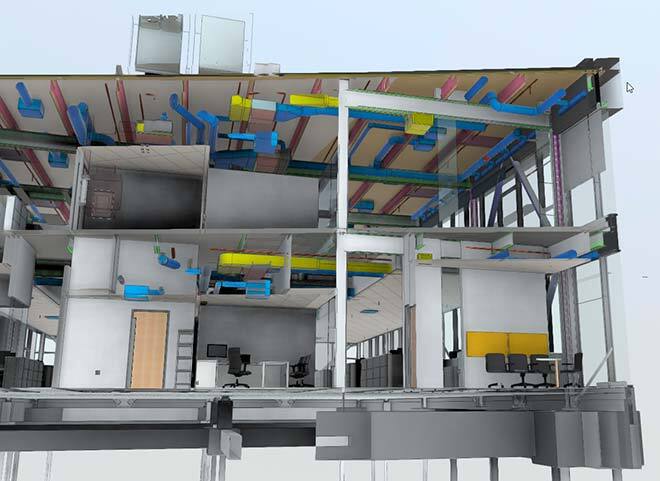
Example of a BIM model showing all the building systems and providing comprehensive 3D visuals.
Adaptable and Demountable Construction
According to Buddha, “Nothing is constant but change.” This is especially true in the built environment, as each constructed building is subject to undergoing changes in social, economic and physical environments and has to adapt to the needs and expectations of the occupants. Building adaptability must be planned at the design stage in order to reduce the environmental impact of change by demolition and new construction. BIM, as a collaboration platform between the various stakeholders in a project, can greatly facilitate this by making accurate information available at the right time. Companies from the various trades, therefore, would feel more comfortable using Off-Site Construction (OSC) since they know that the integration of prefabricated components on the site will be much easier and without problems. Prefabrication increases adaptability and disassembly tenfold, thus improving circularity in the sector.
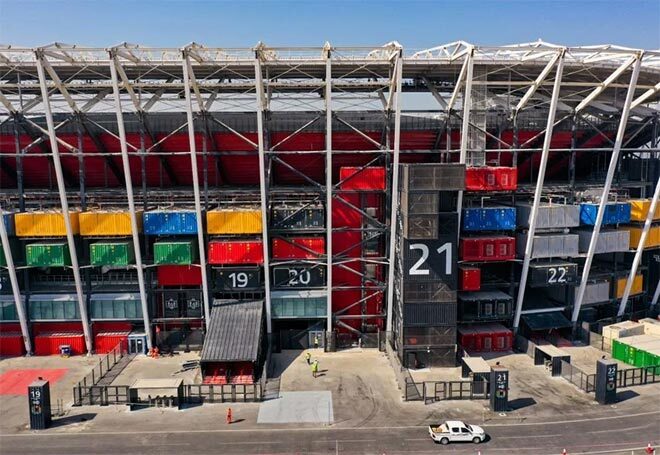
The 974 Stadium, built for FIFA 2022, will be dismantled and installed elsewhere as needed.
The benefits of adaptability—and of OSC, to some extent—are numerous:
- Less material waste;
- Less transportation;
- Less landfill waste;
- Fewer CO2 emissions;
- Less urban pollution and noise.
In turn, OSC has the potential to improve final product quality and provide better working conditions for workers, while reducing waste and increasing construction productivity.
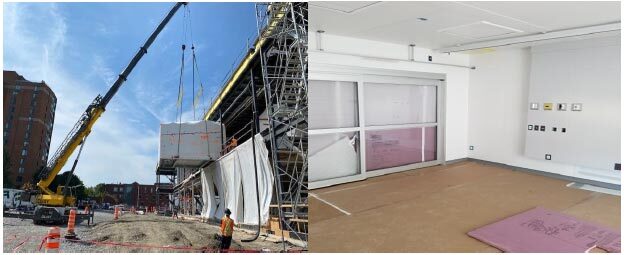
New wing at the Maisonneuve-Rosemont Hospital built with Modular Construction to cope with the Covid-19 pandemic and designed to be demountable.
Well-Maintained and Empathetic Building
In general, technology facilitates the management of built assets by measuring and monitoring parameters through Digital Twins. This has the potential to optimize operations and monitor maintenance needs.
An empathetic building is an intelligent building ensuring the well-being of its occupants by focusing on their needs. A vast majority of Canadians (85%) want to grow old in their own homes. The need for flexibility and adaptability will only increase. Adaptability is the key to non-destructive integration of technological advances into living spaces.

Living spaces must be easily adaptable to the needs of our aging population.
Conclusion
ICT contributes about 2% of GHGs (data for Europe), but has the potential to decrease emissions from all other sectors, including the construction industry.

